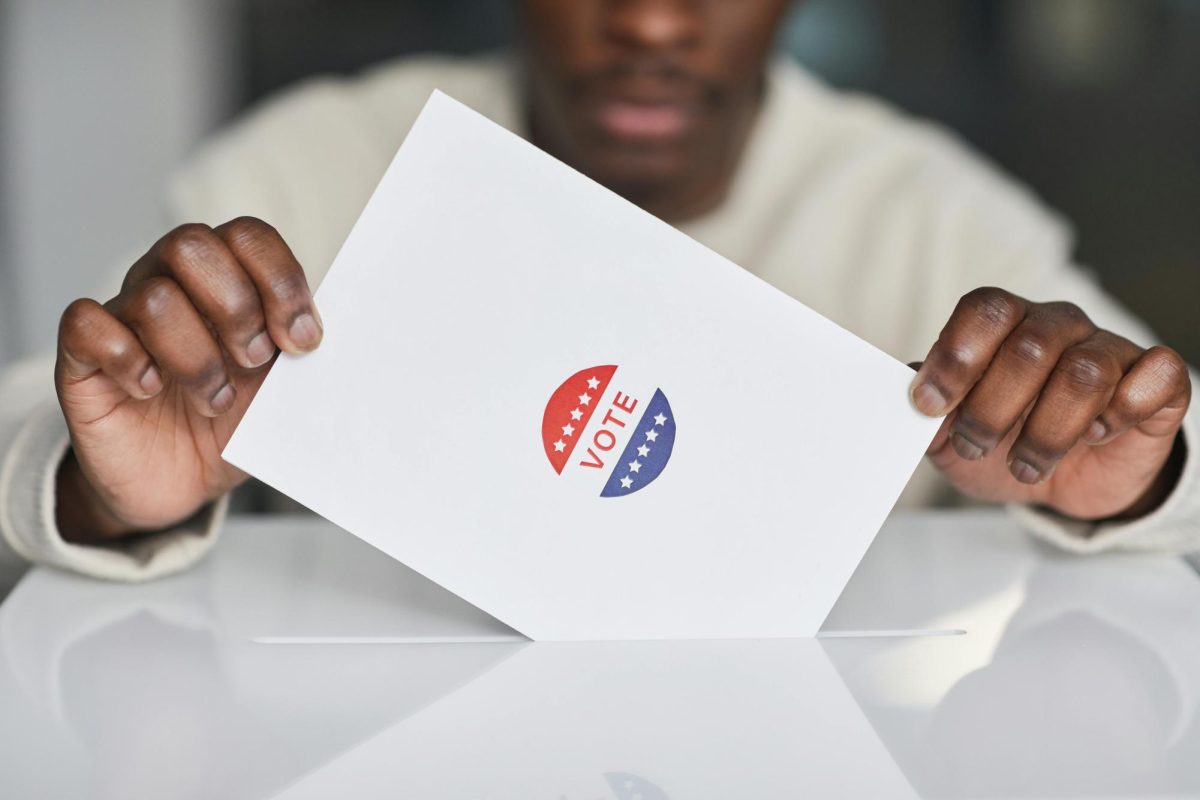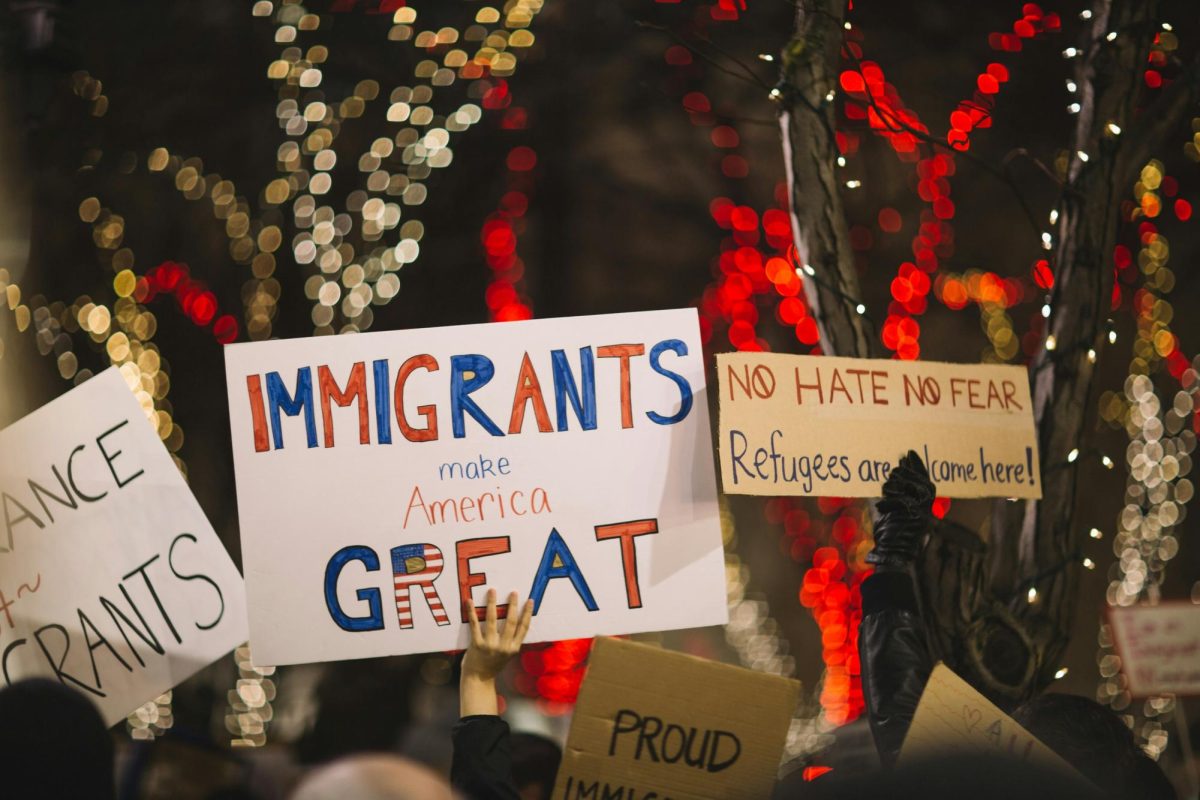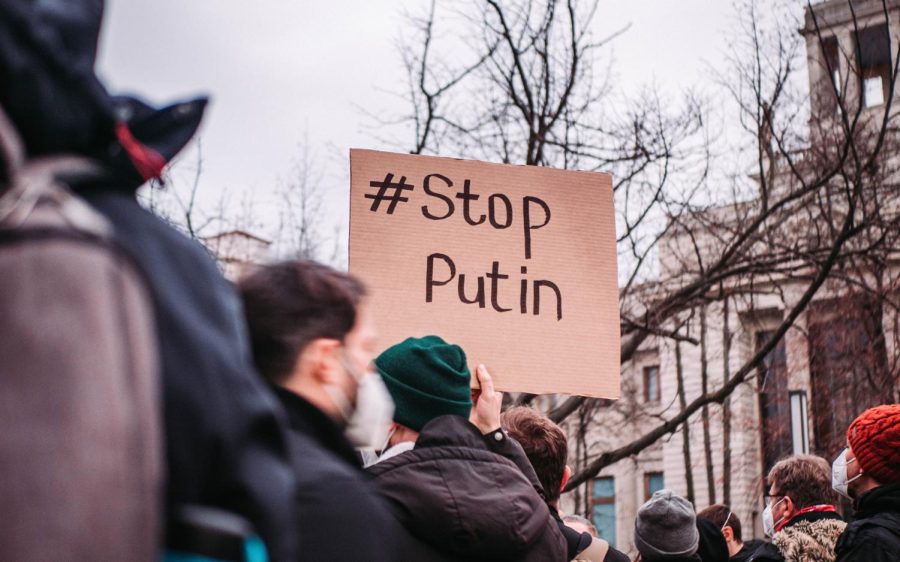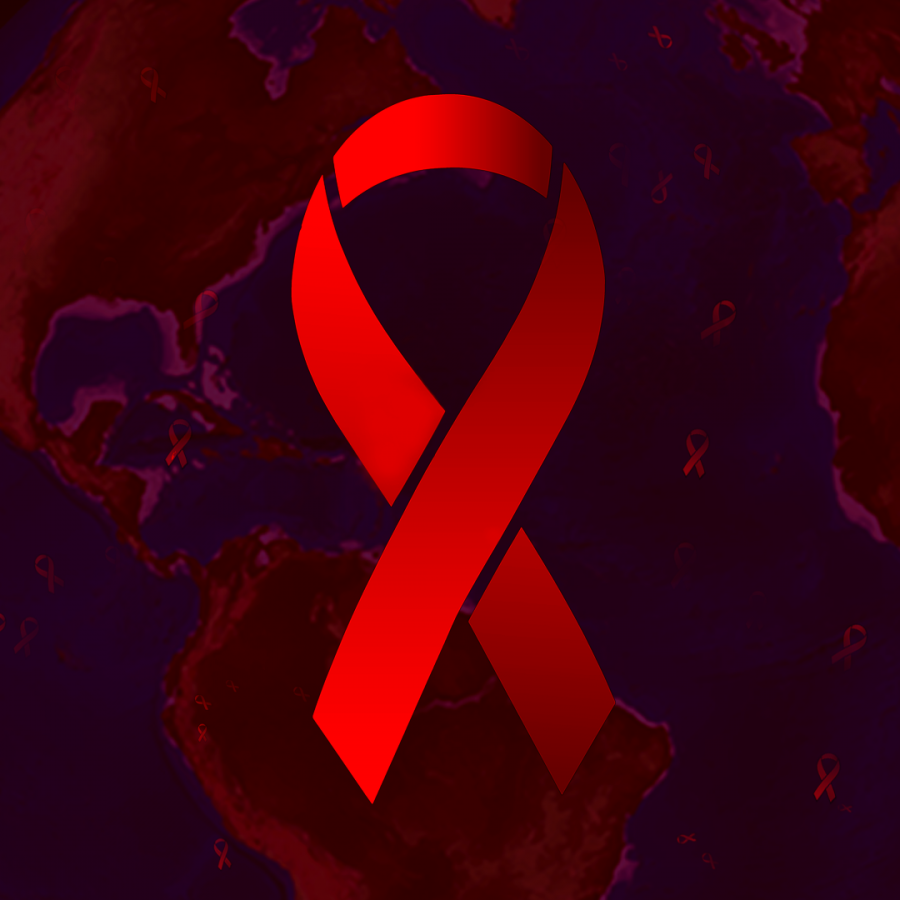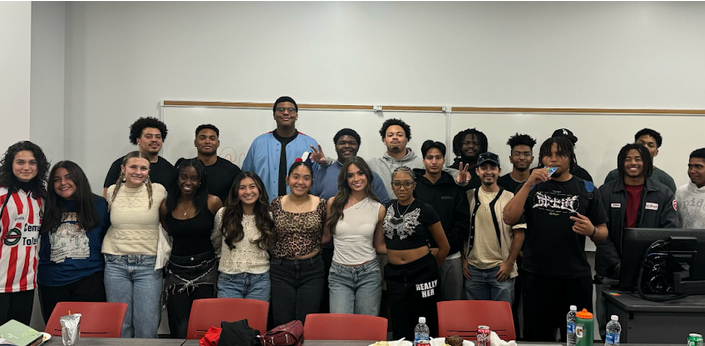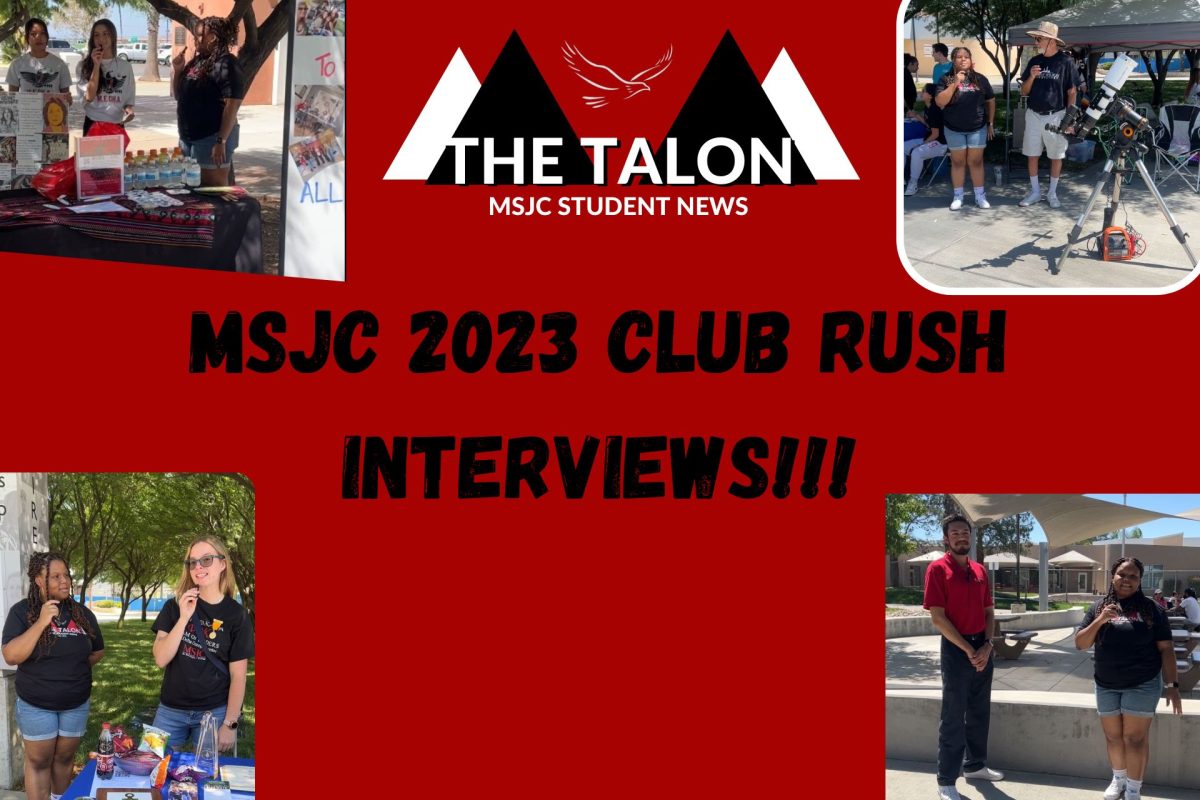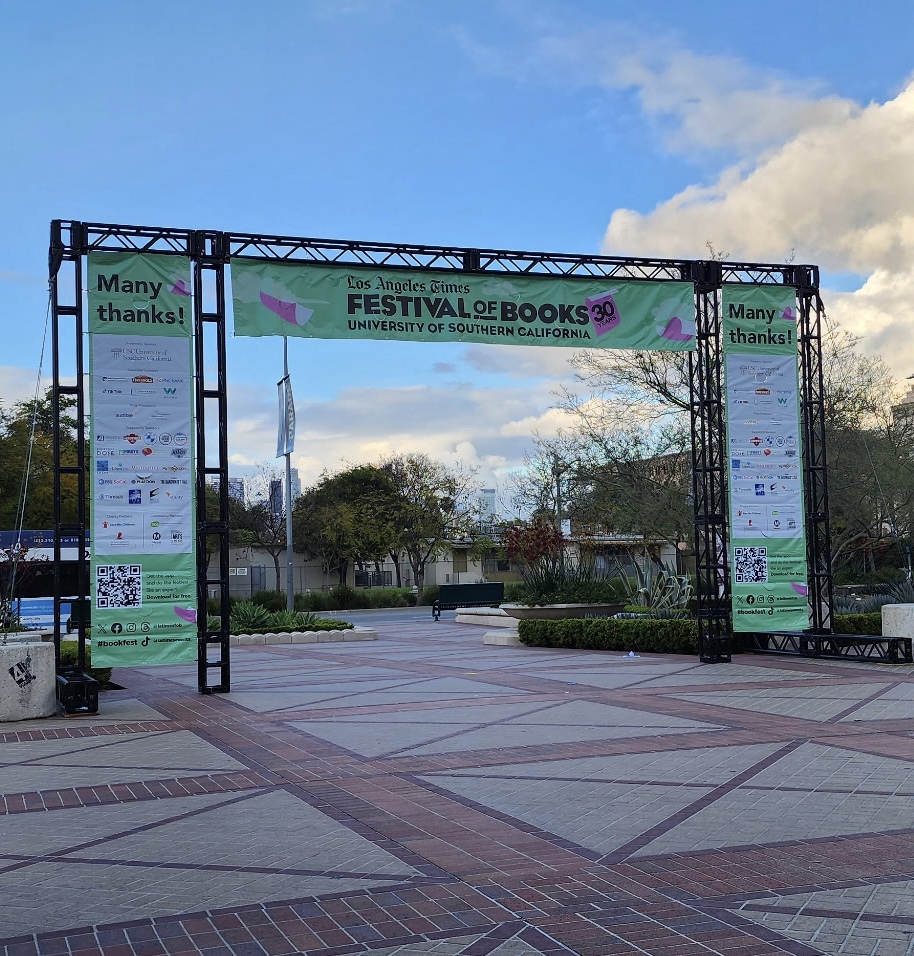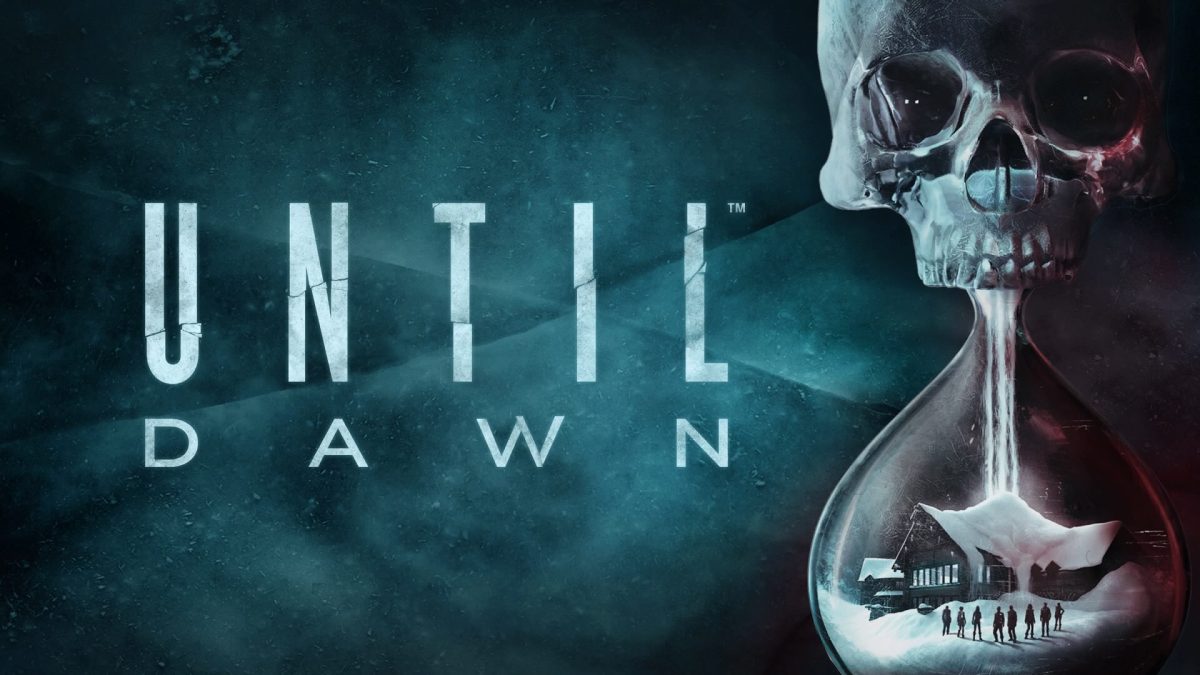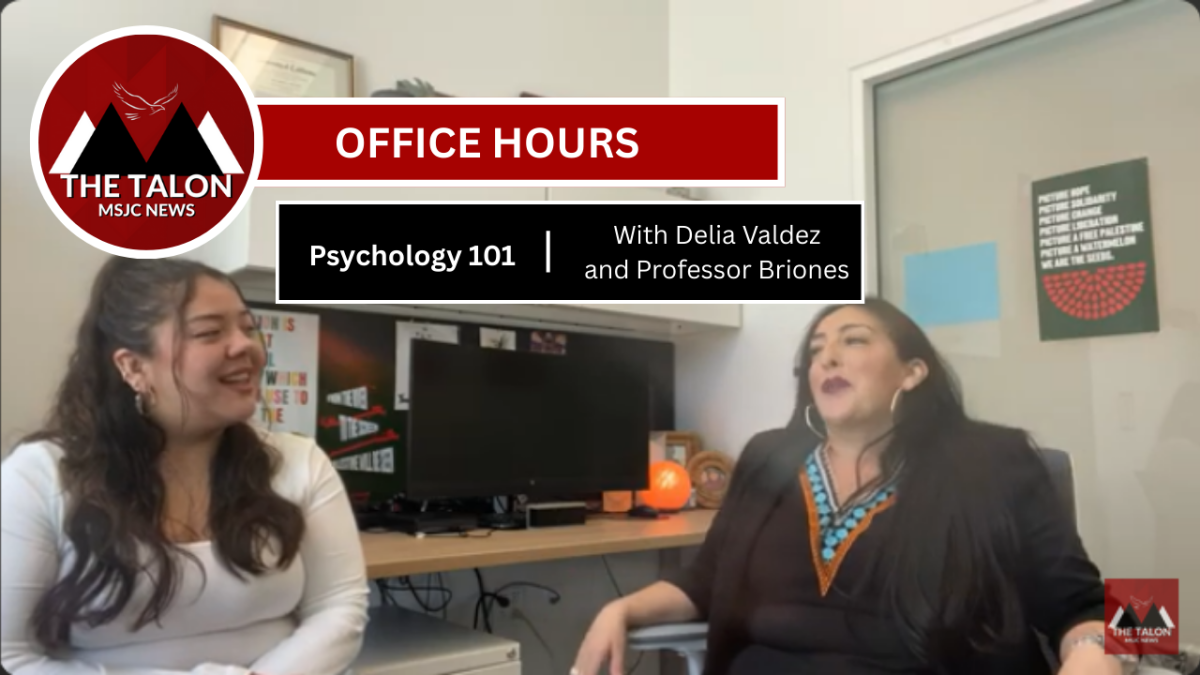76ers’ star center Joel Embiid was in the midst of putting together one of the best seasons the NBA has ever seen, not just from a center but by any player. The reigning MVP was putting up historic numbers, averaging 11.3 rebounds, 5.7 assists, 1.8 blocks, and an efficient 35.3 points per game, which is the most by a center since Wilt Chamberlain averaged 36.9 during the 1963-64 season. Following his 70-point game against the San Antonio Spurs on January 22nd, Embiid was on pace to win his second straight MVP. Aside from the fact that there was no guarantee of him maintaining those stats for the rest of the season, one glaring outlier had the chance to prevent him from winning this prestigious award again. This outlier was the number of games he played, and in his case, missing just a few more games would make him ineligible for winning MVP and making an All-NBA team.
Embiid has a history of dealing with injuries. He missed his first two seasons in the NBA due to injuries. He has never played more than 68 games in a season, and he has dealt with various injuries each season he has been in the league. Despite the hardships, this hasn’t stopped “The Process” from having massive success in his career as he’s stacked multiple all-star appearances, All-NBA teams, all-defensive teams, scoring titles, and an MVP to his resume. But, the new participation policy implemented in the offseason presented new challenges for Embiid and many other star players. Starting this season, the NBA announced that players must play at least 65 of 82 regular season games to qualify for awards and All-NBA teams. In addition, the NBA also prohibited teams from resting more than one star player in the same game and ensured star players played during nationally televised games. These additional rules have exceptions like injuries or personal reasons.
Throughout this season, Embiid has dealt with a nagging knee injury that had sidelined him for several games. As I mentioned before regarding his injury history, this is nothing new for Embiid, but the challenge of playing 65 games to win MVP put him in position to play through this injury. Heading into a matchup against the Golden State Warriors on January 30th, Embiid was set to play after missing the previous two games. In this game, Embiid did not look or play like his usual self. Embiid shot just 28% percent from the field while scoring 14 points, and it was apparent that Embiid was playing in a game he should not have. Late in the fourth quarter, Warriors forward Jonathan Kuminga incidentally fell on Embiid’s knee, and Embiid was clearly in immense pain when this took place. Shams Charania later reported that Embiid tore his meniscus, leading him to get surgery. The best-case scenario for Embiid would be for him to return to action in one to two months, but by then, he will be well short of missing the 65-game minimum to win MVP or make an All-NBA team.
Although he is one of the biggest stars in the league, Embiid is one of many star players who may miss out on awards due to injury. Players like Kyrie Irving, Lamelo Ball, Jimmy Butler, Kevin Durant, and Devin Booker are either at risk of losing eligibility for winning awards or have already lost eligibility for winning awards. Another case similar to Embiid’s is the case of Pacers’ point guard Tyrese Haliburton. Haliburton was in the process of having a breakout season and was very much in contention to make an All-NBA team, but now, those chances are starting to look dimmer. Haliburton hurt his hamstring in a January 8th game against the Boston Celtics, which caused him to miss the next five games, which he prematurely played in another game. He proceeded to miss another five games, and since his return, he has played with a minute restriction as his production has dropped significantly. Despite his amazing season, the all-star point guard has already missed 13 games, and if the total adds up to 18 or more, he will be ineligible to make his first All-NBA team or win any other award.
Seeing how this rule has played out in its first year begs the question of why the NBA implements this rule if it means players forcing themselves to play through injuries even if they are at risk of re-injuring themselves. The motive behind this rule was sparked by players sitting out of games for rest reasons and not taking the regular season as seriously as the NBA wants them to. The term “load management” was used to explain why a player missed a game for rest reasons. The term was pretty self-explanatory, as players would sit out of games to manage their workload and give their bodies a rest to help them endure a long season. Although this seems like an easy way for players to keep their bodies right, the bottom line is that it is not as entertaining to watch NBA games where the best of the best is sitting out due to rest. Fans have been outraged at the concept of load management since it became prevalent in the late 2010s, primarily when it occurs at a game they attend or a nationally televised game. The numbers have reflected this in a timeline created by Sports Media Watch, showing the viewership drop from 1.95 million in 2013-14 to 1.79 million in 2018-19 to 1.59 million in 2022-2023. With viewership in a downturn over the last few years, the NBA hopes this new policy can spark a spike in viewership.
Given what has occurred for players like Joel Embiid and Tyrese Haliburton, there is an argument to be made that this policy might not be the best solution for the NBA and its players. After all, NBA voters already consider games played when voting for awards, so to make a player completely ineligible for not playing 65 games may seem unfair to some. Not only do these awards mean a lot to these players as they significantly contribute to defining a player’s legacy, but they also give players the opportunities to sign max and supermax contracts if they make a particular All-NBA team. When the new policy came to light, many players shared their thoughts on the situation, and some responses were mixed. Players like Marcus Smart and Kawhi Leonard, who has a long injury history, weren’t big fans of the new policy. In an article written by Brian Mahoney, he captured the opinion of Smart when he said, “I don’t see how you can tell me when I should and shouldn’t play,” and Kawhi Leonard said, “No league policy is helping me to play more games.” Other players like C.J. Mccollum, Jaylen Brown, and Tyler Herro gave their opinions, and they all seemed to understand the reasoning behind the new policy.
Every NBA fan wants to see the best players play, but coming up with a policy to prevent players from not playing can be tricky. For the fans, it’s easy for us to criticize them for sitting out of games, but there is no doubt that the lengthy season can be grueling at times, especially when their health deteriorates. We’ve seen the red flags of this policy through the injuries of Joel Embiid and Tyrese, but is that enough to change or abolish this policy? If this policy isn’t the answer to preventing players from resting games, then what is? These questions are some that the NBA can evaluate this offseason. Adam Silver is a commissioner who is quick to adapt and change rules, so a change this offseason shouldn’t surprise NBA fans if he feels it is necessary.
Works Cited
“Basketball Statistics & History of Every Team & NBA and WNBA Players.” Basketball, www.basketball-reference.com/. Accessed 9 Feb. 2024.
Charania, Shams, and Joe Vardon. “Joel Embiid Diagnosed with Displaced Flap in Meniscus, Mulling Surgery among Options.” The Athletic, The Athletic, 6 Feb. 2024, theathletic.com/5248914/2024/02/03/joel-embiid-knee-injury-sixers-diagnosis-timeline/.
Lewis, Jon. “NBA Ratings Deep-Dive: Where Does the League Stand?” Sports Media Watch, 14 Apr. 2023,
www.sportsmediawatch.com/2023/04/nba-ratings-viewership-past-30-years-analysis-where-league-stands/.
Mahoney, Brian. “Players Share Thoughts on New Participation Policy.” NBA.Com, NBA.com, 3 Oct. 2023, www.nba.com/news/nba-players-on-participation-policy-media-day.
“Most Points per Game Season by a Center.” StatMuse, www.statmuse.com/nba/ask/most-points-per-game-season-by-a-center. Accessed 9 Feb. 2024.
“NBA Board of Governors Approves New Player Participation Policy.” NBA.Com, NBA.com, 13 Sept. 2023, www.nba.com/news/nba-board-of-governors-approves-new-player-participation-policy.



